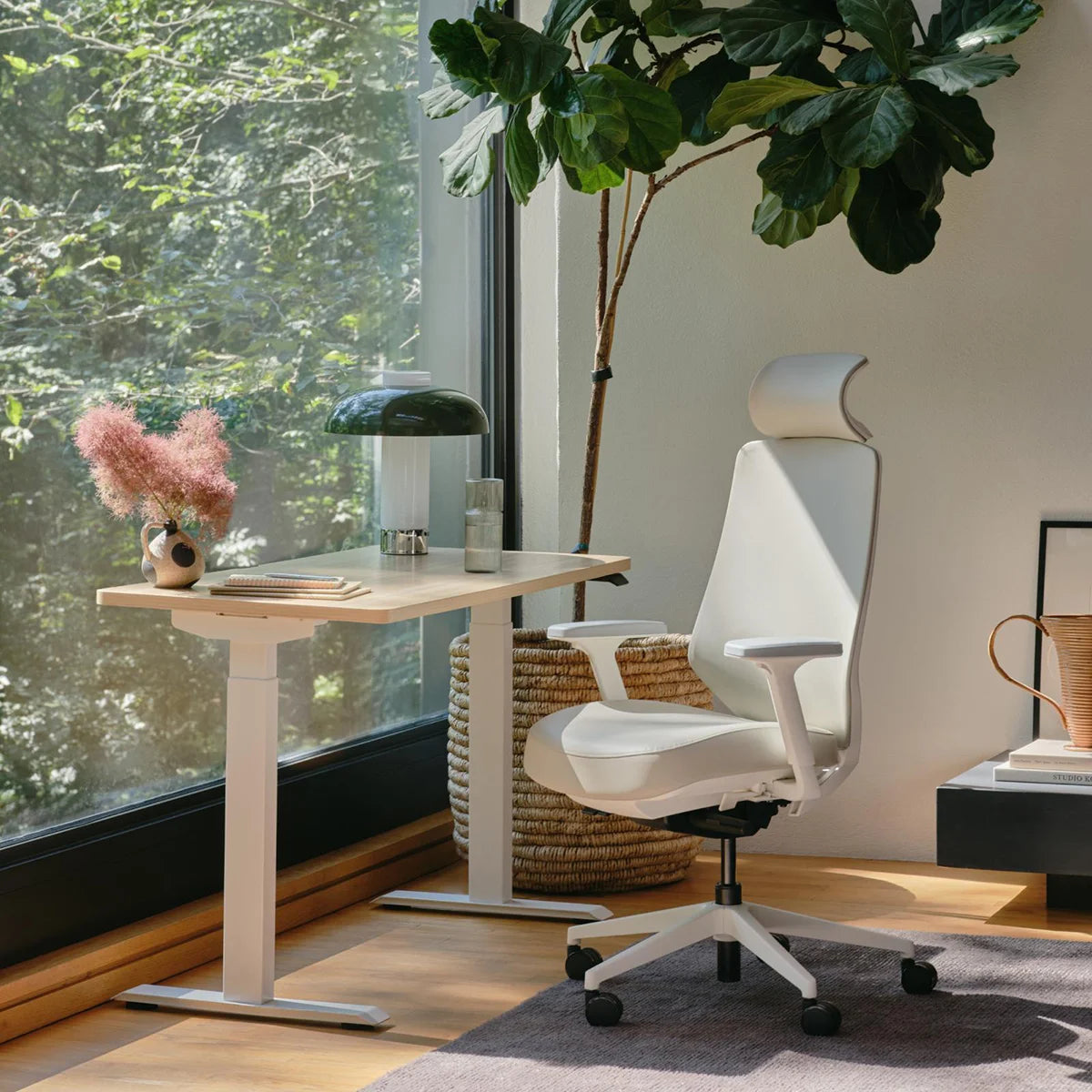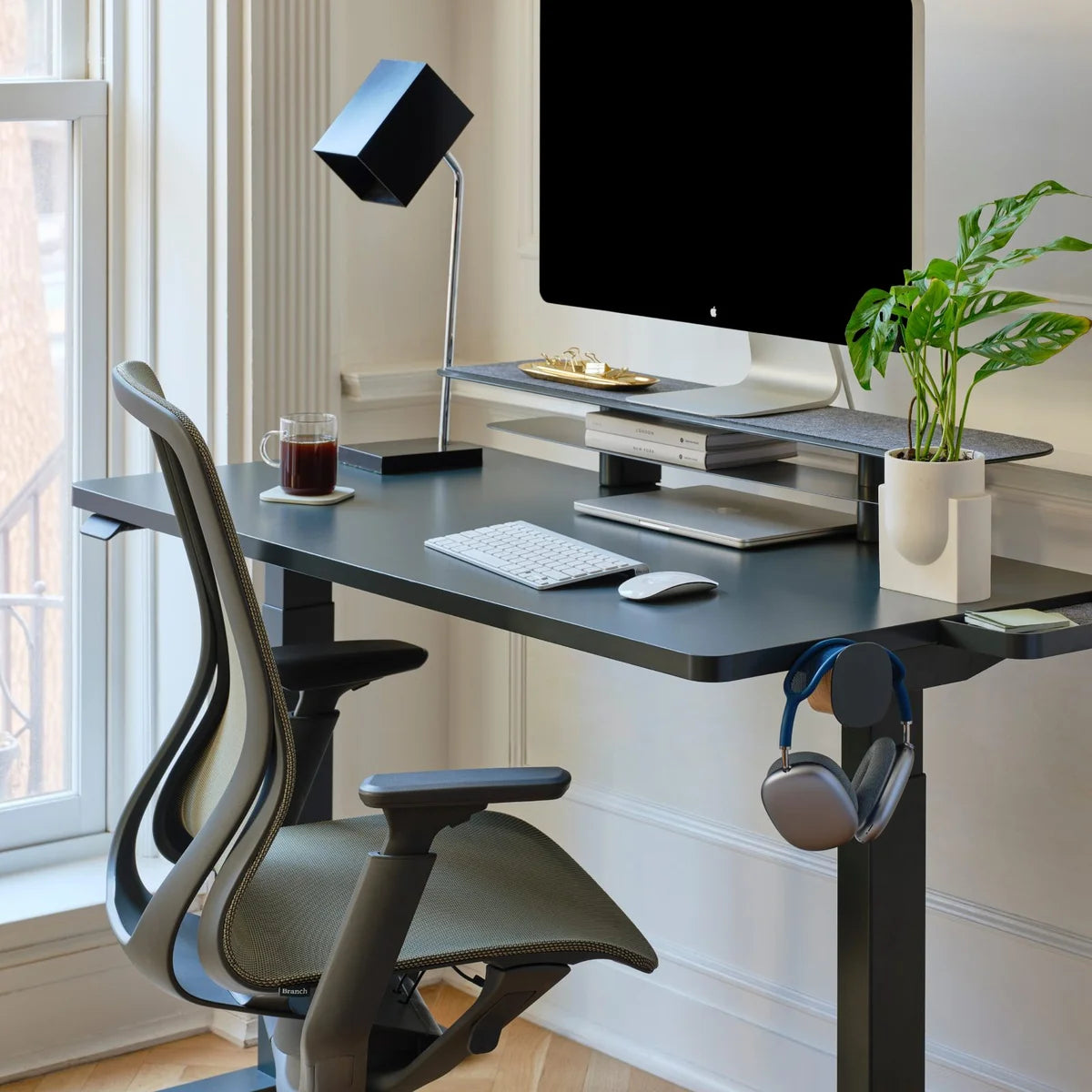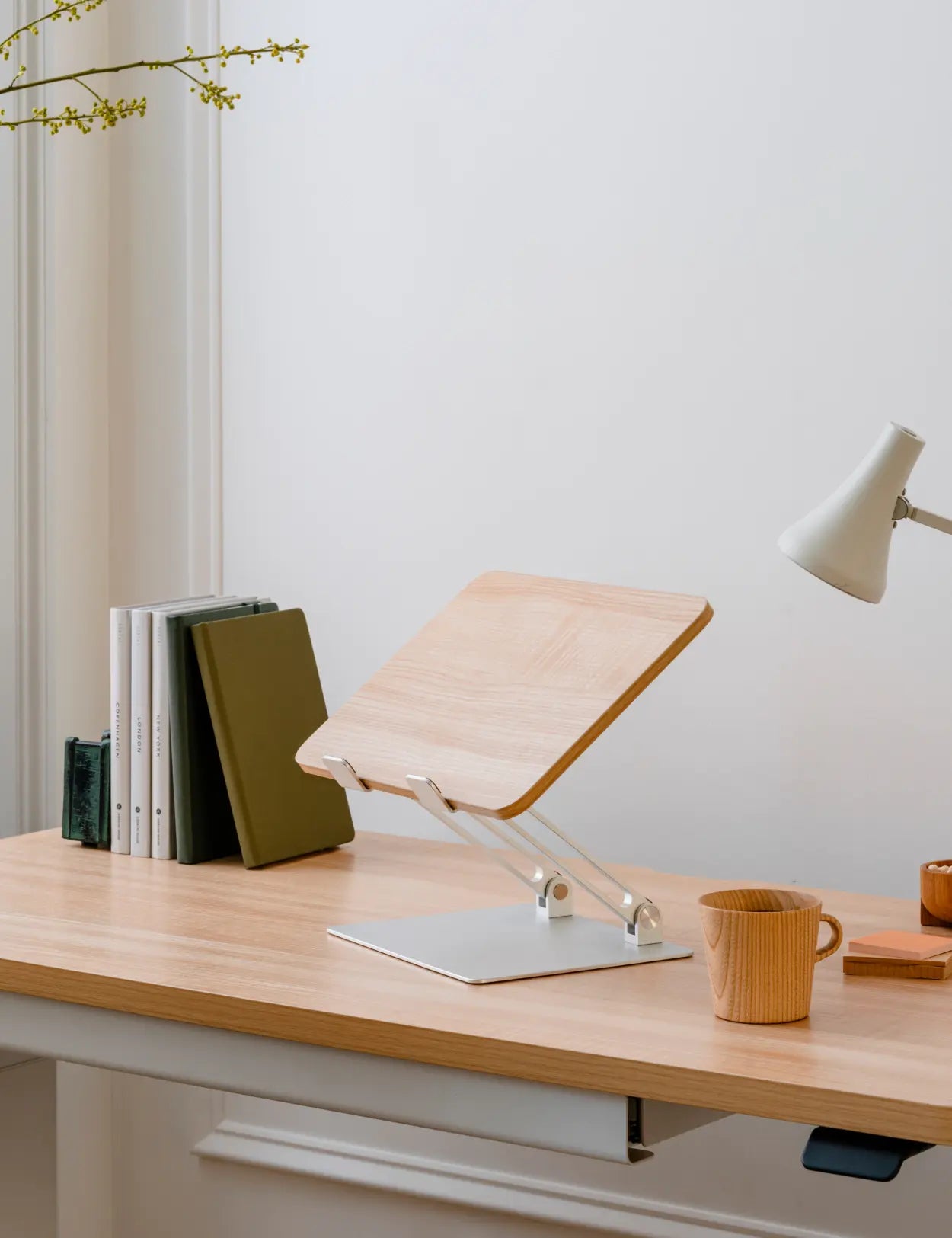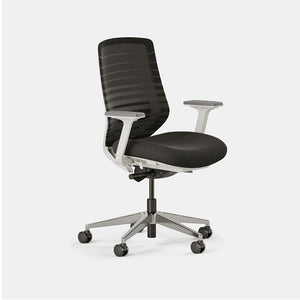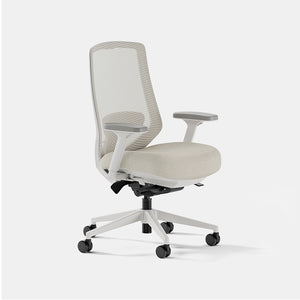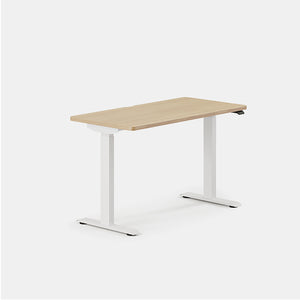In the home office, where distractions abound and sitting in place for too long leads to aches and pains, your desk should move like you do. Enter the standing desk: A product that flows with the flexibility of the home office, while boosting your productivity, mood, and health.
Transition to the Home Office
Benefits of a Standing Desk
Selecting the Best Standing Desk
- Tapered, adjustable feet will keep your desk stable on sloping hardwood and level tile floors.
- Centimeter-level adjustments allow that perfect fit for the best ergonomics
- Height-adjustable to the max: From 4’4 to 6’8, you want a desk that can accommodate any height and any purpose
- Three or more presets so you don’t have to keep adjusting for that perfect fit from sitting to standing to becoming your child’s homework space after work
- Low decibel monitors for quiet movement that doesn’t disturb the whole household or your phone meeting
Another feature found in higher-quality standing desks is the dual stage, three-point leg column rather than the single stage, two-point column. The difference is a desk leg that protects the lifting column responsible for height adjustments. It protects the user and standing desk, making for a more stable desk, a smoother transition, and greater lifespan.
How to Set-Up and Use Your Standing Desk
- Choosing a location that will boost your work experience
- Setting up your desk, chair, and accessories for the best ergonomics
- Performing a mix of standing, sitting, and moving to get the most out of your standing desk
- Place your desk near a window or strong light fixture for optimal productivity.
- Remember to place your standing desk against a wall for safety in movement. It will also be out of the way when your office turns back to home at the end of the day.
- Make it child-proof. Placement in a corner or inconspicuous area will keep your standing desk from becoming your children’s new toy. And raising the height ensures the little ones won’t be able to reach your laptop or work documents.
- Standing or sitting, your desk should be tall enough for the top of your computer screen to be at eye level.
- Right-angle rule: Your chair should be adjusted height and slope-wise so that your body is at right angles. Head and back perfectly straight, arms and legs out at a 90 degree angle, feet straight and firmly on the floor. Learn how to adjust your chair perfectly here. Invest in an ergonomic chair and it will do the work for you.
- A monitor arm can help create the perfect screen height. And get a height-adjustable, downward-tilting keyboard tray in order to avoid wrist pain. You want your wrists to be parallel with your arms, not below or above, in order to prevent strain.
- Don’t wear heels or socks. Invest in supportive footwear that help position your feet and spine alignment.
On new furniture, exclusive sales and more.





